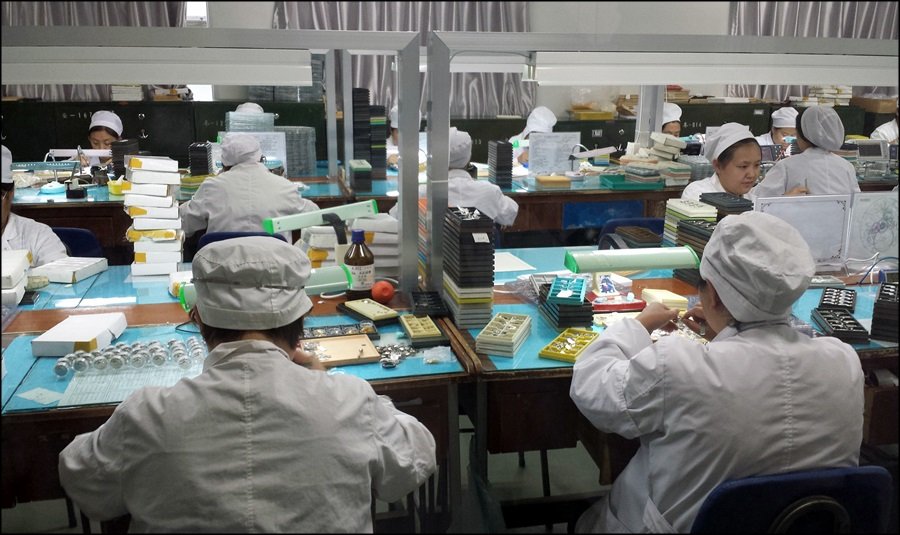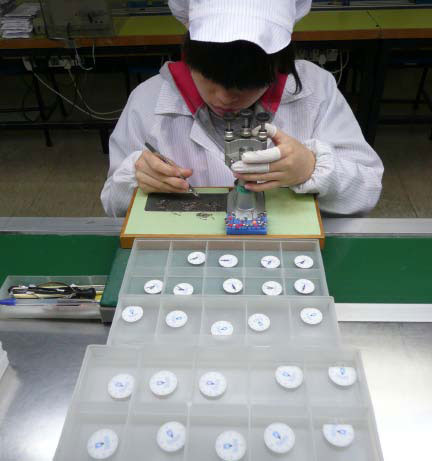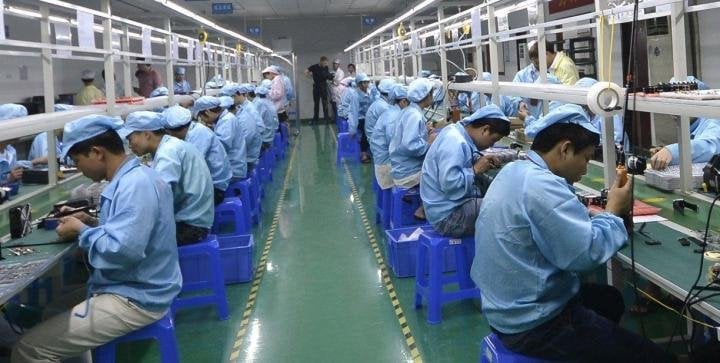For decades, the Swiss Made label has been a mark of quality and precision in the watch industry. However, the constant bending of Swiss regulations have created a disturbing trend among some Swiss brands that threaten the authenticity and integrity of the Swiss Made label.
Since the 1970s, many Swiss watch brands have been utilizing loopholes in regulations to produce watches entirely in Asia while still being labeled as Swiss Made. By outsourcing the production of watch components to Asia, companies can drastically reduce their production costs. However, this practice also means that the watches are no longer being made with Swiss expertise and tradition.
The Swiss Made Ordinance, introduced in 1971, states that at least 60% of the manufacturing costs, including assembly, must be generated in Switzerland for a watch to be labeled as Swiss Made. While some brands continue to meet this requirement by producing some parts in Switzerland and outsourcing others to Asia, others have found ways to circumvent the regulation altogether.
These brands design and regulate their watches in Switzerland, while producing all the components in Asia. By doing so, they are able to claim Swiss expertise and quality, while in reality, their watches have no connection to traditional Swiss watchmaking. This practice is not only deceptive to consumers who believe they are purchasing an authentic Swiss Made watch, but it also undermines the long-standing reputation of Swiss watchmaking.

The Swiss watch industry is already facing challenges from the rise of smartwatches and other technological innovations. These actions only add to the threat to traditional watchmaking in Switzerland. As more Swiss brands turn to this cost-saving practice, the art of watchmaking in Switzerland could slowly die out, replaced by mass-produced watches made in Asia.
The use of loopholes in regulations to produce watches entirely in Asia while still being labeled as Swiss Made is a controversial issue in the Swiss watch industry. Some argue that it is necessary to remain competitive in a global market where cost is an important factor. However, others believe that it undermines the authenticity and integrity of the Swiss Made label and could damage the reputation of the Swiss watch industry in the long run.

As the Swiss watch industry seeks to maintain profits despite year on year decline in sales, some brands have turned to using transient foreign workers who cross the border each day to assemble Asian watch components into “Swiss Made” timepieces.
While the use of foreign labor is not unique to the Swiss watch industry, it is particularly prevalent due to the high cost of living in Switzerland and the relatively low wages paid to watch assemblers. Many workers come from neighboring France and Italy and commute daily to work in Swiss factories.
This practice has drawn criticism from labor advocates who argue that these workers often have less job security and fewer benefits than their Swiss counterparts. In addition, there are concerns about the potential for exploitation, particularly among workers who may not be aware of their rights under Swiss labor laws.
Furthermore, this practice raises questions about the authenticity of watches labeled as “Swiss made” when the components are assembled by transient foreign workers and those components were not produced in Switzerland. While these workers are trained in Switzerland and work under the same quality standards as Swiss workers, the fact remains that the production process involves foreign labor combined with foreign-produced components.
The use of transient foreign workers is not a new phenomenon in the Swiss watch industry. However, as the industry faces increasing competition and pressure to cut costs, it remains to be seen whether this practice will continue or if Swiss watch brands will make efforts to improve working conditions and ensure the authenticity of their products.
In 2020, Toblerone, the popular Swiss chocolate brand, lost its Swiss made accreditation and as a result, had to change its packaging to remove the iconic Swiss mountain image that had been featured on its bars for decades. The changes were necessary due to the fact that Toblerone’s manufacturing process had been altered, and the chocolate bars are now produced in a factory in Poland. While the loss of the “Swiss made” label and the disappearance of the beloved symbol on the packaging may have disappointed some consumers, Toblerone remains a beloved chocolate brand. This would not necessarily be the same outcome for watch brands who lost their accreditation as they have spent decades marketing the product based on the quality and ingenuity of Swiss Made engineering. While the Swiss chocolate industry is estimated to be worth over $1 billion per year, the Swiss watch industry is closer to $20 billion and is considered by many to be too big to fail.
In 2021, Swiss watch brand H. Moser & Cie made headlines when it announced that it would be removing the “Swiss made” label from its watch dials. The decision was made in response to concerns that the label was being used too liberally within the industry. Moser’s decision to remove the label was seen as a bold move that highlighted the importance of transparency and authenticity in the luxury watch industry. While the “Swiss made” label has traditionally been seen as a mark of quality and craftsmanship, Moser’s decision to remove it demonstrated that the label is only meaningful if it accurately reflects the origins of a product. By prioritizing transparency and accuracy over marketing, Moser set an example for other luxury watch brands to follow.
In conclusion, the trend of Swiss brands producing watches entirely or largely in Asia while still being labeled as Swiss Made is a concerning issue that threatens the art of watchmaking in Switzerland. Enthusiasts and consumers who value the authenticity and tradition of Swiss Made watches should be aware of this practice and demand greater transparency from Swiss watch brands who often hide their production methods behind the cloak of protecting manufacturing secrets. Only then can the Swiss Made label regain its reputation as a mark of quality and craftsmanship.


Leave a Reply
You must be logged in to post a comment.